A Quick and Easy Recipe for a Delicious Meal
If you’re looking for a quick and easy way to prepare salmon, pan searing is a great option. Not only does it take less than 15 minutes, but it also results in a perfectly crispy exterior and moist, flaky interior. Plus, it’s a healthy way to enjoy this delicious fish.
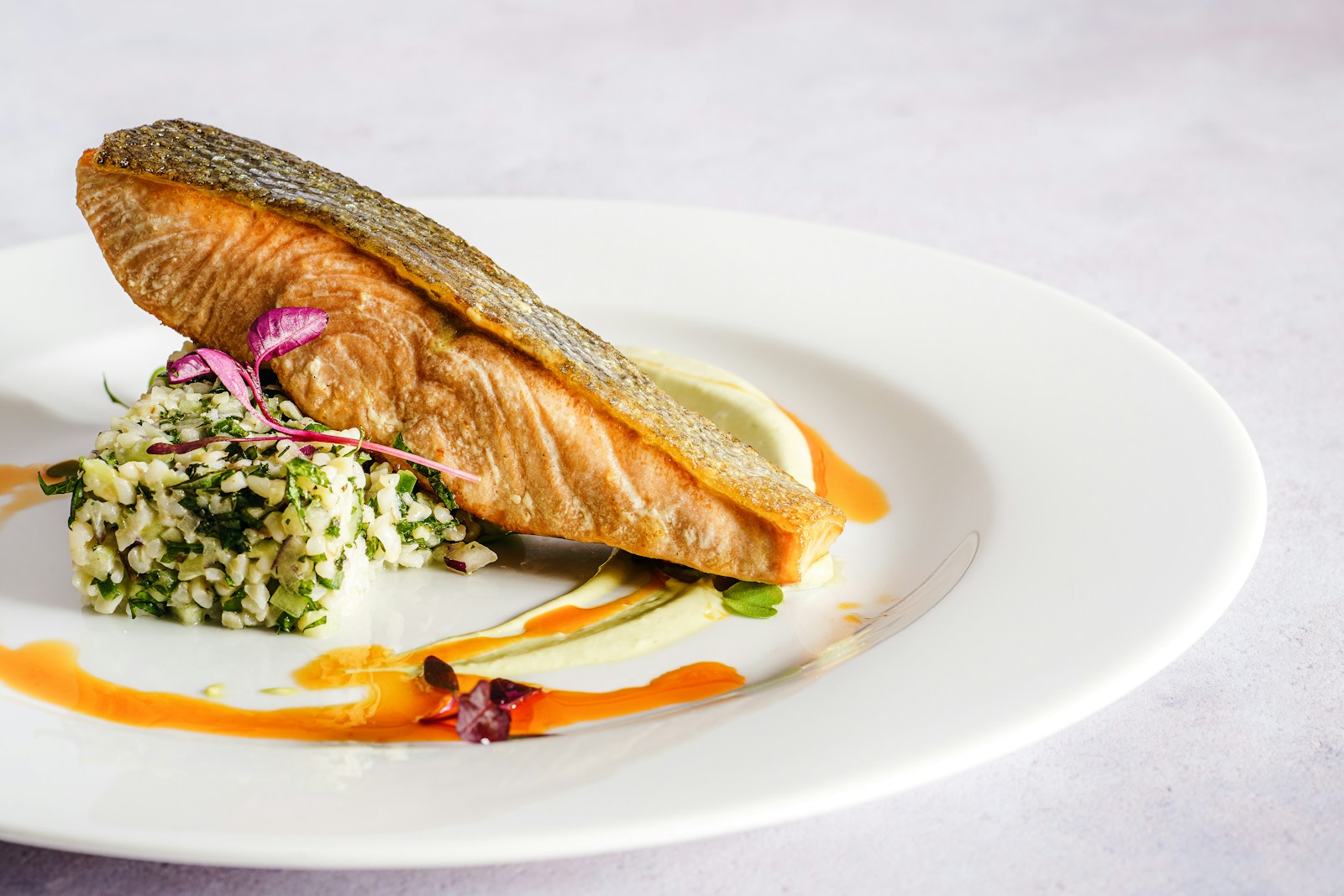
To pan sear salmon, you’ll need a few simple ingredients and some basic cooking skills. The key is to use high heat and a non-stick pan to ensure that the fish develops a golden crust without sticking. You’ll also want to season the salmon with salt and pepper, and add any additional herbs or spices that you prefer.
By using the active voice and clear, concise language, you can confidently prepare a restaurant-quality salmon dish in your own kitchen. With the right technique and a little practice, you’ll be able to impress your family and friends with your pan seared salmon skills. So why not give it a try and see how easy and delicious it can be?
Selecting the Perfect Salmon
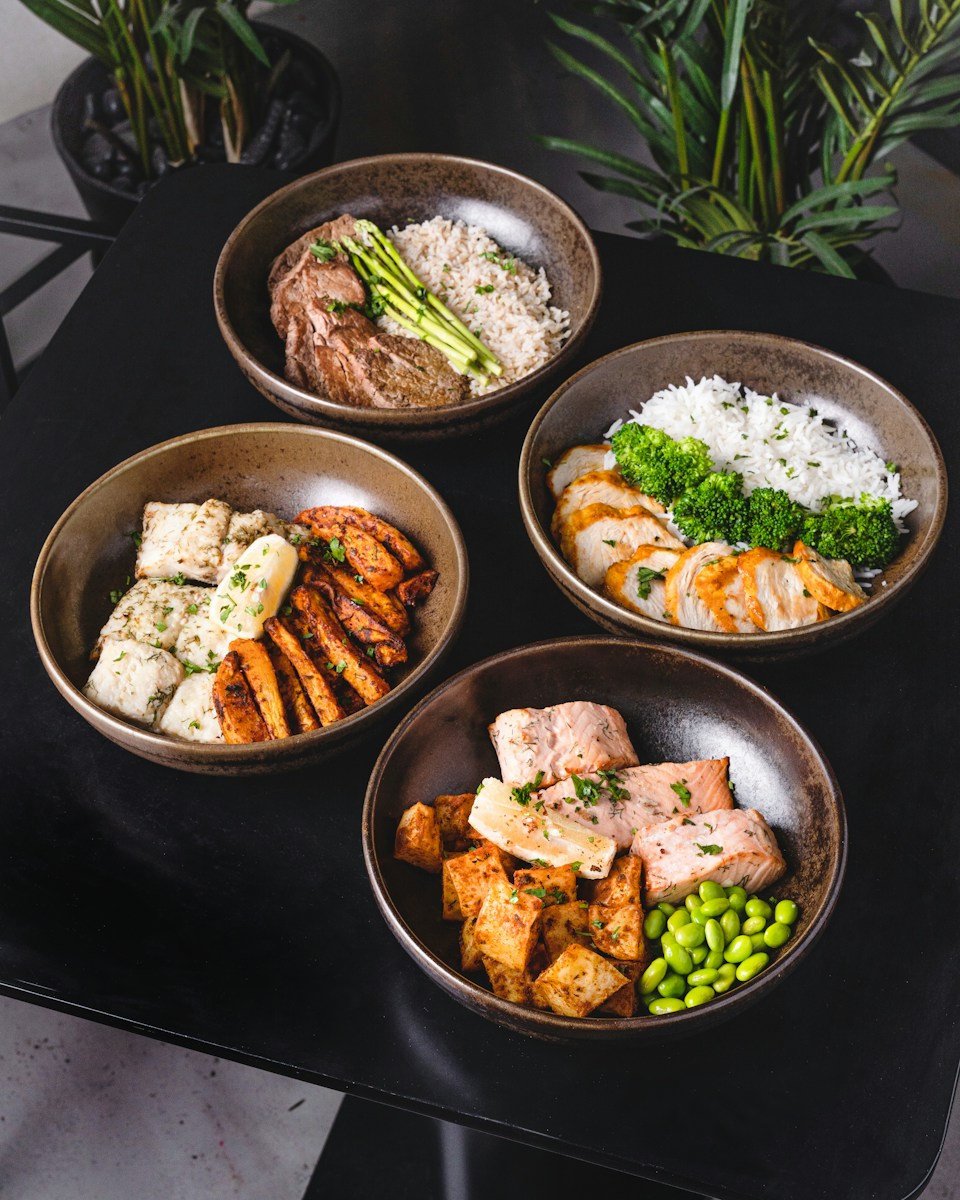
When it comes to pan-searing salmon, selecting the right type of salmon is crucial to achieving the perfect sear and flavor. Here are some factors to consider when selecting the perfect salmon for your pan-searing needs.
Wild vs. Farmed Salmon
Wild salmon is caught in the open ocean, while farmed salmon is raised in tanks or pens. While both types of salmon can be delicious, there are some differences to consider.
Wild salmon tends to have a firmer texture and a more complex flavor due to its varied diet. It is also generally considered to be more environmentally sustainable. On the other hand, farmed salmon is more readily available and tends to be less expensive. It also has a milder flavor and a softer texture.
When selecting your salmon, consider what matters most to you. If you prefer a firmer texture and more complex flavor, go for wild salmon. If you want something more affordable and readily available, farmed salmon may be the way to go.
Salmon Cut Varieties
Another factor to consider when selecting your salmon is the cut. Here are some common salmon cut varieties and what to expect from each:
- Fillets: Fillets are the most common cut of salmon and are perfect for pan-searing. They are boneless and come from the side of the fish.
- Steaks: Salmon steaks are cut crosswise from the fish and include a portion of the backbone. They are thicker than fillets and can be a good option if you prefer a meatier texture.
- Whole fish: If you want to pan-sear a whole salmon, you will need to gut and scale the fish first. This can be a bit more work, but it can also be a fun and impressive way to serve salmon.
When selecting your salmon cut, consider what you plan to do with it. If you want something easy to work with and versatile, fillets are a great option. If you want something with a bit more heft, consider salmon steaks. And if you want to impress your guests, a whole salmon can be a showstopper.
Essential Tools for Pan Searing
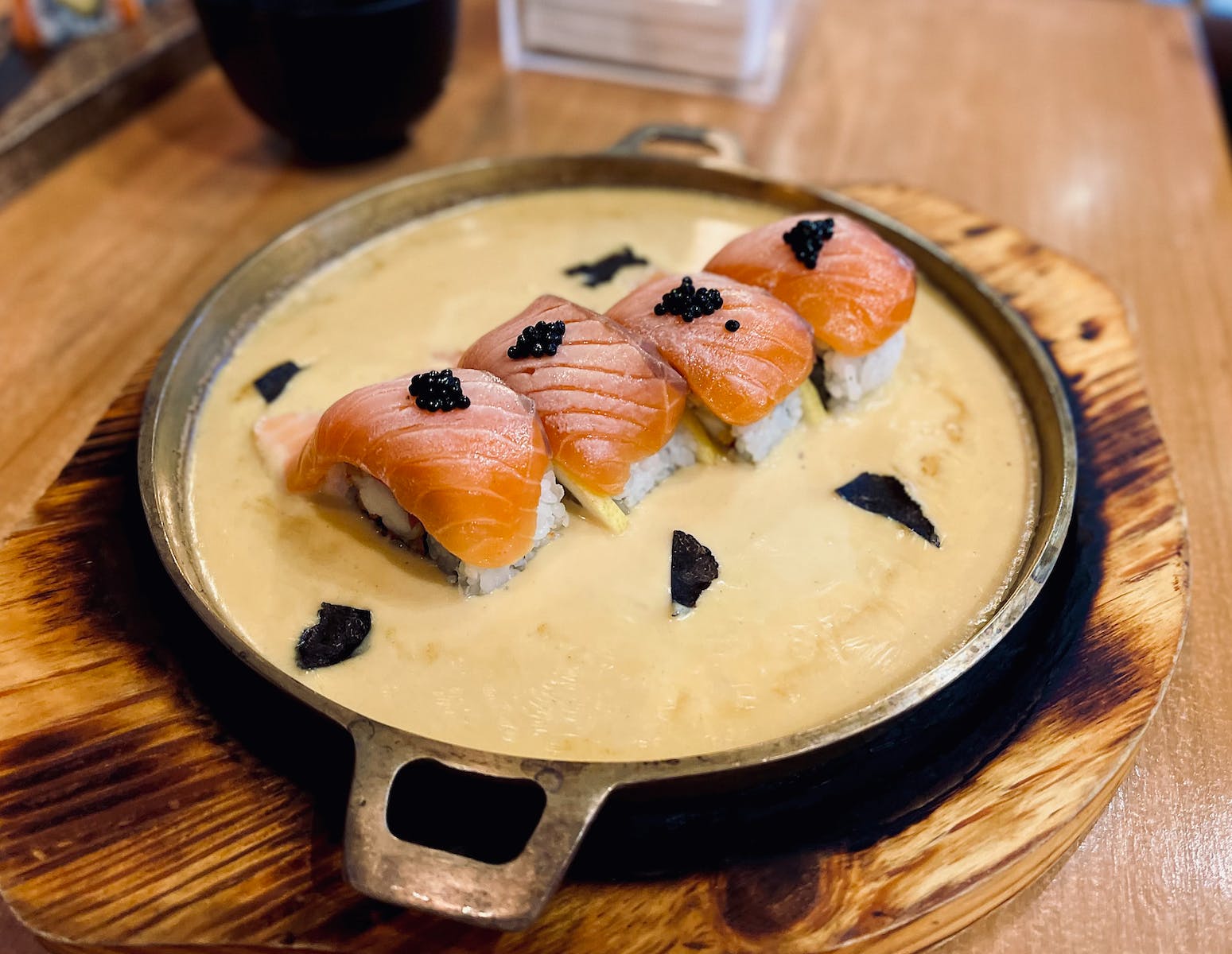
When it comes to pan-seared salmon, having the right tools can make all the difference. Here are some essential tools that you should have in your kitchen to ensure that your salmon comes out perfectly every time.
Choosing the Right Pan
The first thing you’ll need is a good quality pan. A heavy-bottomed pan is ideal for pan-searing salmon because it distributes heat evenly and prevents hot spots. A non-stick pan is also a good option, as it prevents the salmon from sticking to the surface and makes cleanup a breeze. The size of the pan should be large enough to accommodate the salmon fillets without overcrowding them. Overcrowding the pan can cause the salmon to steam instead of sear, resulting in a less crispy skin.
Additional Tools
In addition to a good quality pan, there are a few other tools that can make pan-searing salmon easier and more efficient. Here are some additional tools you may want to consider:
- Tongs: Tongs are essential for flipping the salmon fillets without damaging the skin. Use a pair of sturdy, heat-resistant tongs to avoid burning your hands.
- Fish Spatula: A fish spatula is designed specifically for flipping delicate fish fillets. Its thin, flexible blade slides easily under the salmon fillet, making it easier to flip without breaking the skin.
- Instant-Read Thermometer: To ensure that your salmon is cooked to perfection, use an instant-read thermometer to check the internal temperature. The USDA recommends cooking salmon to an internal temperature of 145°F.
- Oil Dispenser: A good quality oil dispenser can make it easier to add oil to the pan without making a mess. Look for a dispenser with a drip-free spout for easy pouring.
By having these essential tools in your kitchen, you’ll be well on your way to pan-searing the perfect salmon fillet.
Preparing the Salmon
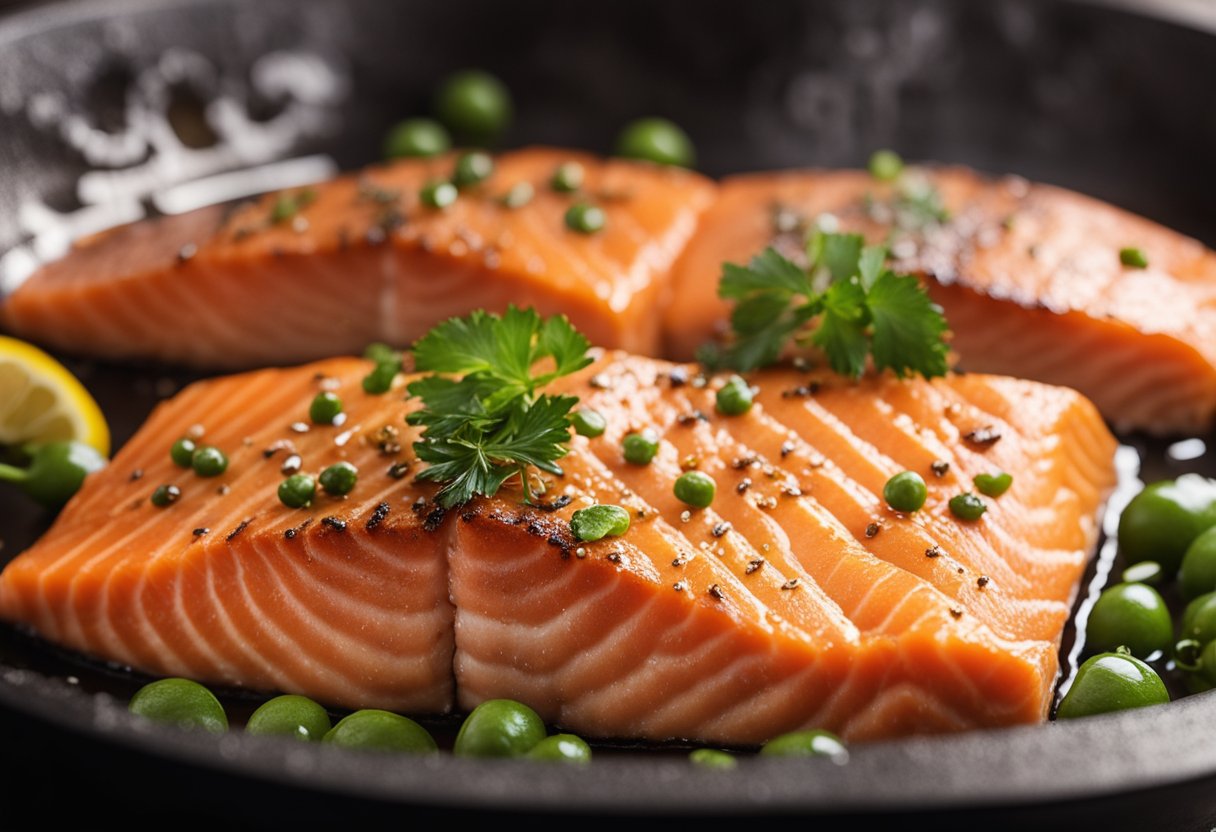
When it comes to pan-seared salmon, preparation is key. Here are some tips to help you prepare your salmon perfectly:
Skin-On vs. Skin-Off
Deciding whether to leave the skin on or remove it is a personal preference. Leaving the skin on can add flavor and texture to the dish, while removing it makes for easier eating. If you choose to leave the skin on, make sure to score it with a sharp knife to prevent it from curling up during cooking.
Seasoning the Salmon
Before cooking, season both sides of the salmon fillet with salt and pepper. You can also add other seasonings such as herbs or spices to enhance the flavor. Make sure to pat the salmon dry with a paper towel before seasoning to remove any excess moisture. This will help the salmon to sear properly and prevent it from sticking to the pan.
To add extra flavor, you can marinate the salmon in a mixture of oil, lemon juice, garlic, and herbs for a few hours before cooking. This will infuse the salmon with delicious flavors and make it even more tender.
Overall, preparing the salmon is an important step in making a delicious pan-seared salmon dish. By following these tips, you can ensure that your salmon is seasoned and prepared perfectly for cooking.
Pan Searing Techniques
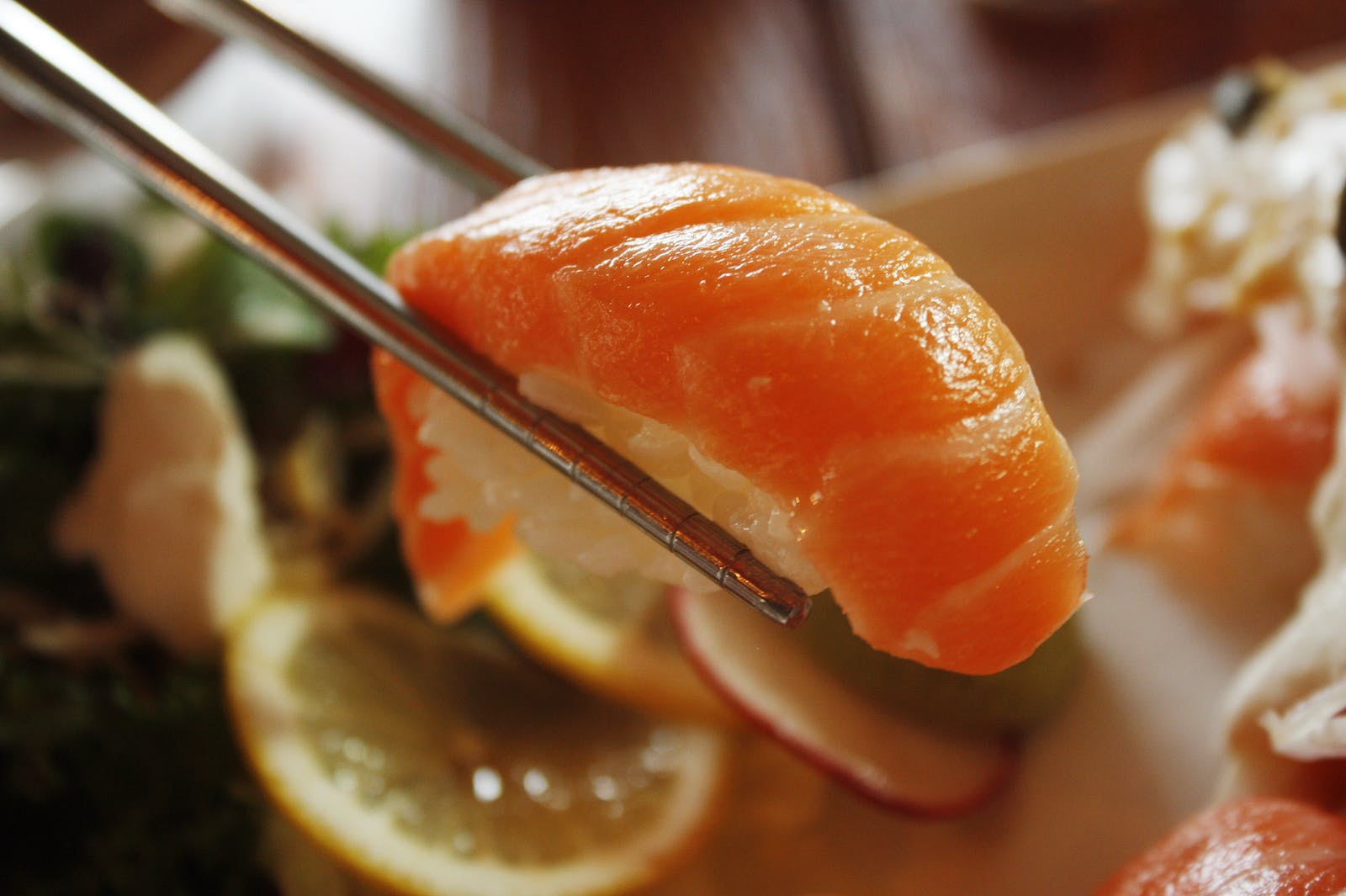
Preheating the Pan
Before you start cooking your salmon, it is essential to preheat the pan. Heat a skillet over medium-high heat for about 2-3 minutes until it’s hot. You can also use a non-stick skillet, but a cast-iron pan will give you a better sear.
Searing the Salmon
Once the pan is hot, add some oil and wait for it to shimmer. Use an oil with a high smoke point like vegetable oil, grapeseed oil, or avocado oil. Season the salmon fillets with salt and pepper on both sides. Place the fillets skin-side down in the pan and let them cook for about 4-5 minutes without moving them. This will help the skin to crisp up and form a golden crust.
After 4-5 minutes, use a fish spatula to flip the fillets over and cook for an additional 2-3 minutes on the other side. You can also add some butter, garlic, and herbs like thyme or rosemary to the pan for extra flavor. Once the salmon is cooked, remove it from the pan and let it rest for a few minutes before serving.
To ensure that your salmon is cooked perfectly, use a meat thermometer to check the internal temperature. The ideal temperature for cooked salmon is 145°F. Overcooking the salmon will result in dry and tough meat, so be sure to keep an eye on the cooking time.
In summary, preheating the pan and searing the salmon are the two key techniques for pan-searing salmon perfectly. Using a hot pan and the right oil will help you achieve a crispy skin and a golden crust. Remember to season the salmon with salt and pepper and cook it for the right amount of time. With these techniques, you can enjoy a delicious and healthy meal in no time!
Cooking Times and Temperatures
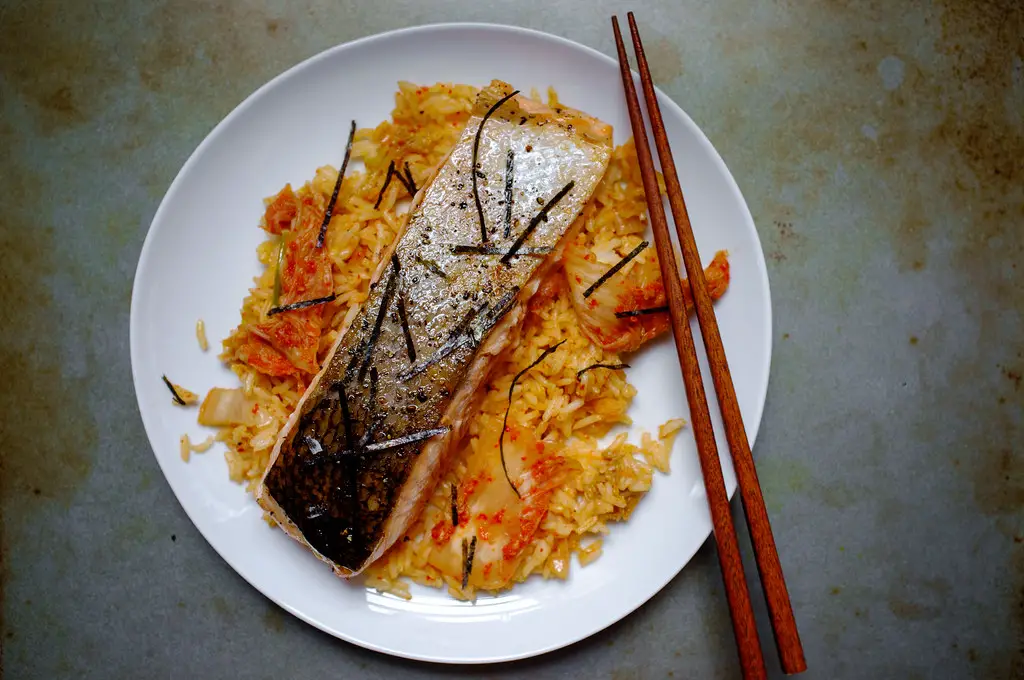
Cooking salmon is all about timing and temperature. Overcooking salmon can lead to a dry and tough texture, whereas undercooking salmon can be a health hazard. Therefore, it is crucial to determine the cooking times and temperatures accurately.
Determining Doneness
One way to determine if the salmon is cooked is by checking its internal temperature. Insert a thermometer into the thickest part of the salmon, and if the temperature reads 145°F (63°C), the salmon is ready to eat. If you don’t have a thermometer, you can check the doneness by looking at the color and texture of the salmon.
When the salmon is cooked, it should be opaque and flaky. The color of the salmon should be light pink, and the juices should be clear. If the salmon is still translucent and the juices are cloudy, it needs more time to cook. On the other hand, if the salmon is dry and has a white film on top, it has been overcooked.
Resting the Salmon
After cooking the salmon, it is essential to let it rest for a few minutes before serving. Resting allows the juices to redistribute throughout the salmon, resulting in a more flavorful and moist dish.
To rest the salmon, remove it from the heat source and cover it with foil. Let it rest for about 5 minutes before serving. This will give you enough time to prepare any sides you want to serve with your salmon.
Overall, cooking salmon is not as complicated as it may seem. With the right timing and temperature, you can achieve a perfectly cooked salmon every time. Remember to check the internal temperature and the color and texture of the salmon to determine its doneness. And, don’t forget to let it rest before serving for the best results.
Flavor Enhancements
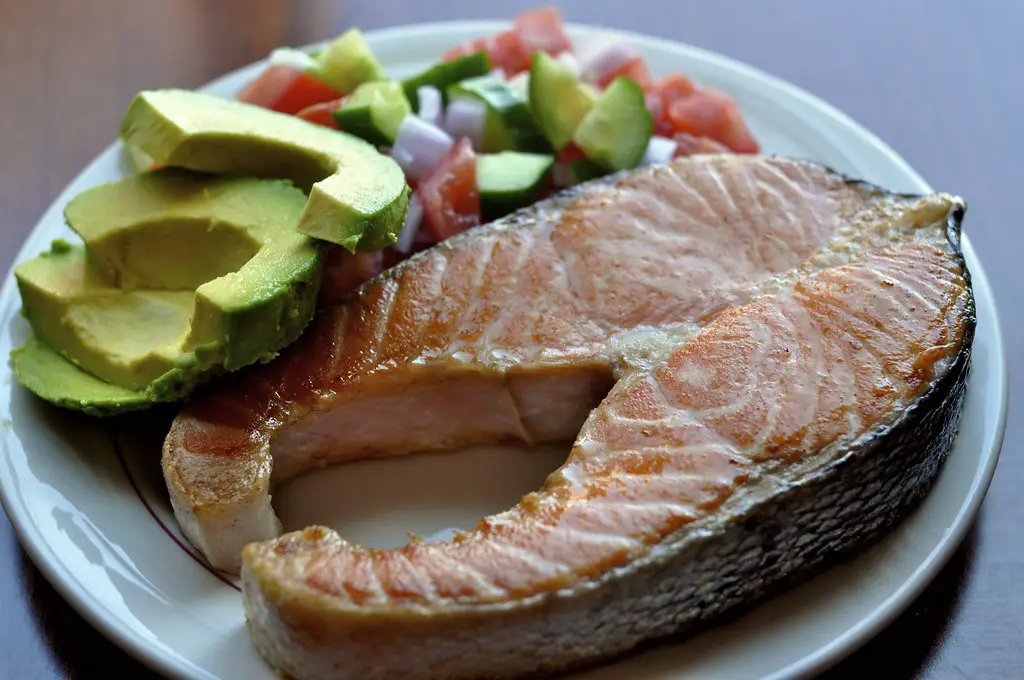
When it comes to pan-seared salmon, there are a variety of flavor enhancements you can use to take your dish to the next level. Here are a few options to consider:
Marinades and Glazes
Marinating your salmon before cooking can add a depth of flavor that is hard to achieve with just seasoning alone. A simple marinade can be made with olive oil, lemon juice, garlic, and herbs such as thyme or rosemary. Let the salmon sit in the marinade for at least 30 minutes before cooking.
Another option is to use a glaze on your salmon. A popular glaze for salmon is a mixture of soy sauce, honey, and ginger. Brush the glaze on the salmon during the last few minutes of cooking to create a sweet and savory combination.
Herbs and Spices
Herbs and spices are a great way to add flavor to your pan-seared salmon. Dill is a classic herb that pairs well with salmon. Simply sprinkle fresh dill over the salmon before cooking to add a subtle, yet distinct, flavor.
Another option is to use a spice rub. A simple spice rub can be made with paprika, cumin, garlic powder, and salt. Rub the spice mixture onto the salmon before cooking to create a flavorful crust.
In conclusion, using marinades, glazes, herbs, and spices can take your pan-seared salmon to the next level. Experiment with different flavor combinations to find the one that suits your taste buds the best.
Serving Suggestions
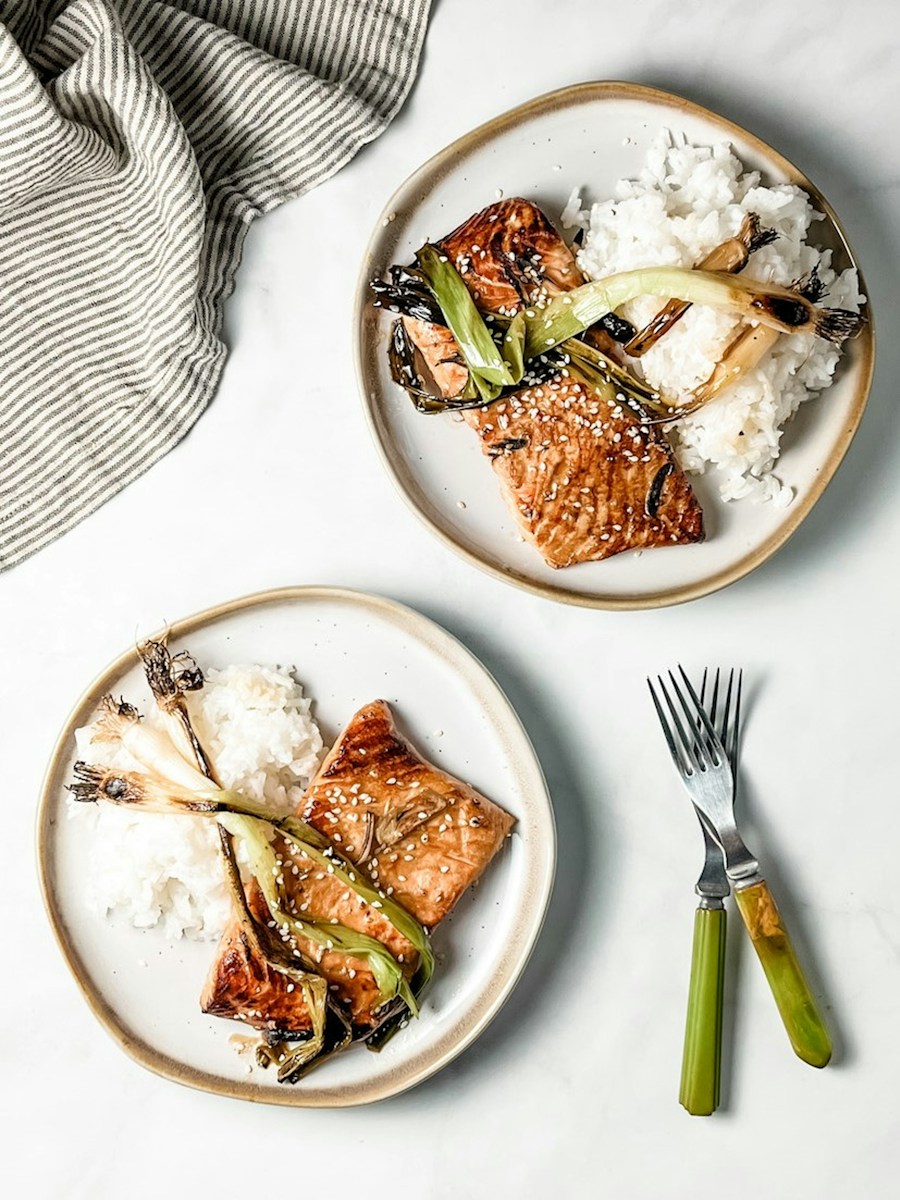
When it comes to serving pan-seared salmon, there are several accompaniments and plating techniques that can elevate your dish. Here are some ideas to help you make the most of your meal.
Accompaniments
Pan-seared salmon pairs well with a variety of sides. Here are some options to consider:
- Roasted Vegetables: Roasting vegetables such as asparagus, Brussels sprouts, or carrots is an excellent way to add a pop of color and nutrition to your plate. Drizzle with olive oil and sprinkle with salt and pepper before roasting in the oven.
- Grains: Brown rice, quinoa, or couscous are all great options for a hearty and healthy side dish. Cook according to package instructions, and add herbs or spices to taste.
- Salad: A fresh, crisp salad is a great way to balance out the richness of the salmon. Consider using mixed greens, cucumber, cherry tomatoes, and a light vinaigrette.
Plating Techniques
The way you plate your salmon can make a big difference in how it looks and tastes. Here are some plating techniques to consider:
- Skin Side Up: Placing the salmon skin side up can help keep the flesh moist and tender. It also allows for a crispy skin that adds texture and flavor to the dish.
- Sauce: A flavorful sauce can take your salmon to the next level. Consider making a lemon butter sauce, a dill cream sauce, or a soy ginger glaze.
- Garnish: Adding a garnish such as chopped herbs, lemon wedges, or sliced avocado can add color and flavor to your dish. Be sure to choose a garnish that complements the flavors of the salmon.
By incorporating these accompaniments and plating techniques, you can create a beautiful and delicious pan-seared salmon dish that is sure to impress.
Wine Pairings
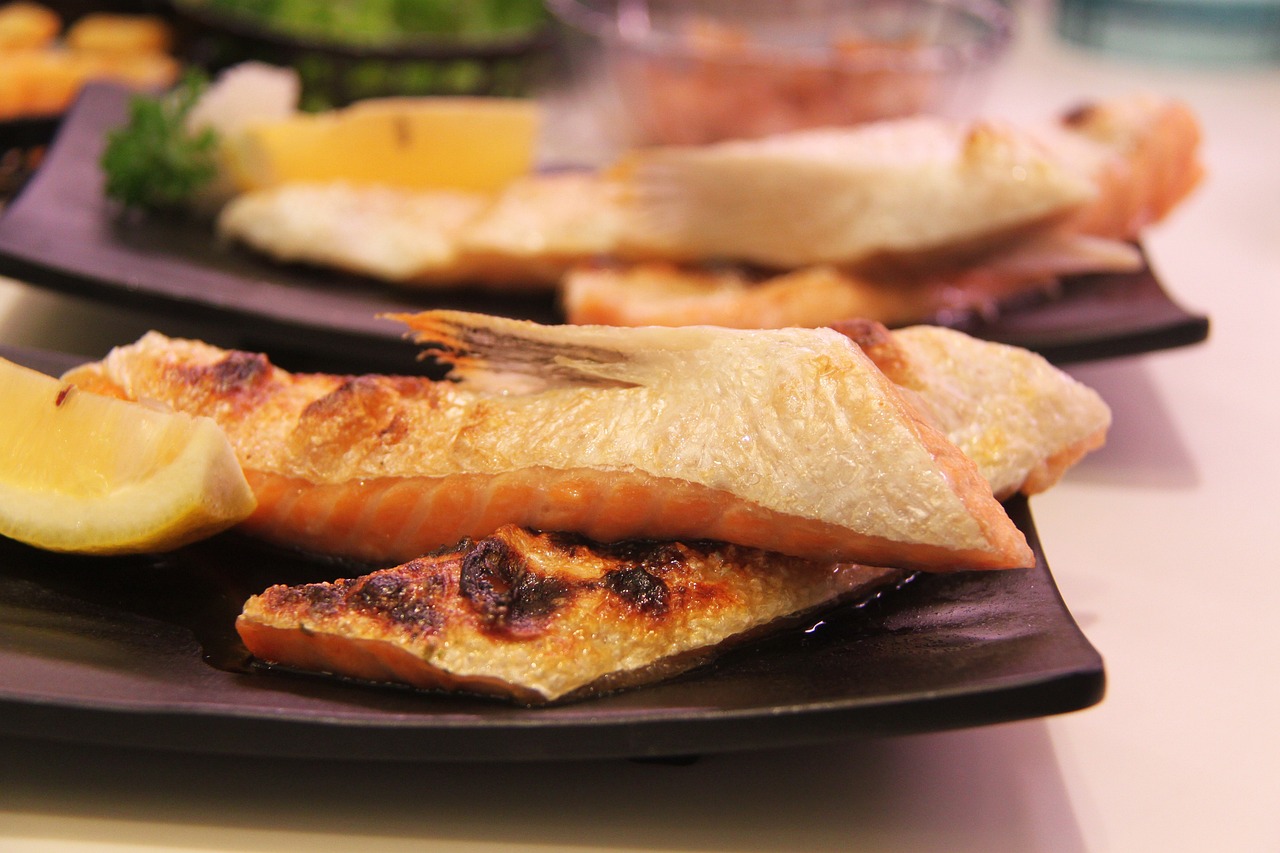
When it comes to pan-seared salmon, the right wine pairing can elevate the flavors of the dish to new heights. Whether you prefer a dry white wine or a light red, there are several options to choose from.
White Wines
- Chardonnay: A rich and buttery Chardonnay pairs well with pan-seared salmon, especially if the dish is served with a creamy sauce. Look for a Chardonnay that has been aged in oak barrels, which will impart a toasty flavor to the wine.
- Sauvignon Blanc: A crisp and refreshing Sauvignon Blanc is an excellent choice for pan-seared salmon. This wine has a bright acidity that complements the delicate flavors of the fish.
- Pinot Grigio: A light and zesty Pinot Grigio is another great option for pan-seared salmon. This wine has a citrusy acidity that cuts through the richness of the fish.
Red Wines
- Pinot Noir: A light-bodied Pinot Noir is an unexpected but delicious pairing with pan-seared salmon. This wine has a subtle earthiness that complements the fish without overpowering it.
- Beaujolais: A fruity and light-bodied Beaujolais is another excellent option for pan-seared salmon. Look for a wine that has been aged in stainless steel or concrete, which will preserve the bright fruit flavors of the wine.
- Zinfandel: If you prefer a bolder wine, a Zinfandel is a good choice for pan-seared salmon. This wine has a jammy fruitiness that pairs well with the rich flavors of the fish.
No matter which wine you choose, be sure to serve it slightly chilled to bring out the best flavors. Cheers to a delicious meal!
Health Benefits of Salmon
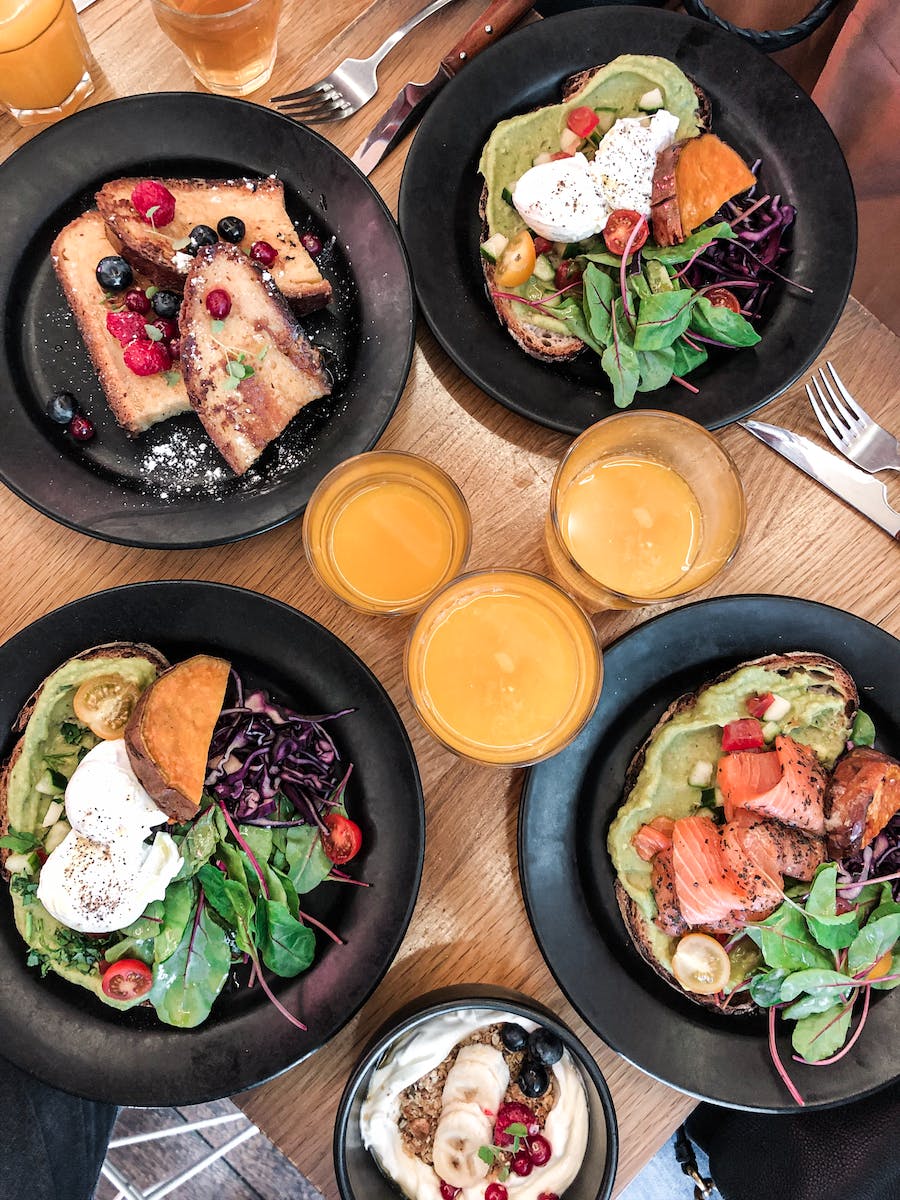
Salmon is a highly nutritious food that offers a range of health benefits. It is an excellent source of high-quality protein, vitamins, and minerals. Here are some of the health benefits of salmon:
1. Rich in Omega-3 Fatty Acids
Salmon is one of the best sources of omega-3 fatty acids, which are essential for good health. Omega-3 fatty acids are important for brain function, heart health, and reducing inflammation. A 3.5-ounce serving of salmon contains about 2.3 grams of omega-3 fatty acids, making it an excellent choice for people who want to increase their intake of these beneficial fats.
2. Lowers Cholesterol
Salmon contains compounds that are unique to the fish and may help lower cholesterol levels. A study found that eating two servings of salmon per week as part of a Mediterranean diet can help reduce levels of LDL (bad) cholesterol and triglycerides, which are risk factors for heart disease.
3. Good for Your Heart
Eating salmon regularly can help reduce the risk of heart disease. The omega-3 fatty acids in salmon can help lower blood pressure, reduce inflammation, and improve the function of the cells that line your blood vessels. Salmon is also a good source of potassium, which can help lower blood pressure.
4. Helps with Weight Loss
If you are trying to lose weight, salmon can be a great addition to your diet. It is high in protein, which can help you feel full and satisfied. Salmon is also low in calories and fat, making it a good choice for people who want to lose weight.
5. Supports Eye Health
Salmon is rich in a type of omega-3 fatty acid called DHA, which is important for eye health. DHA is found in high concentrations in the retina, and studies have shown that it may help reduce the risk of age-related macular degeneration, a leading cause of blindness in older adults.
In summary, incorporating pan-seared salmon into your diet can provide you with a range of health benefits. It is a great source of protein, omega-3 fatty acids, and other important nutrients that can help improve your overall health.
Storing Leftover Salmon
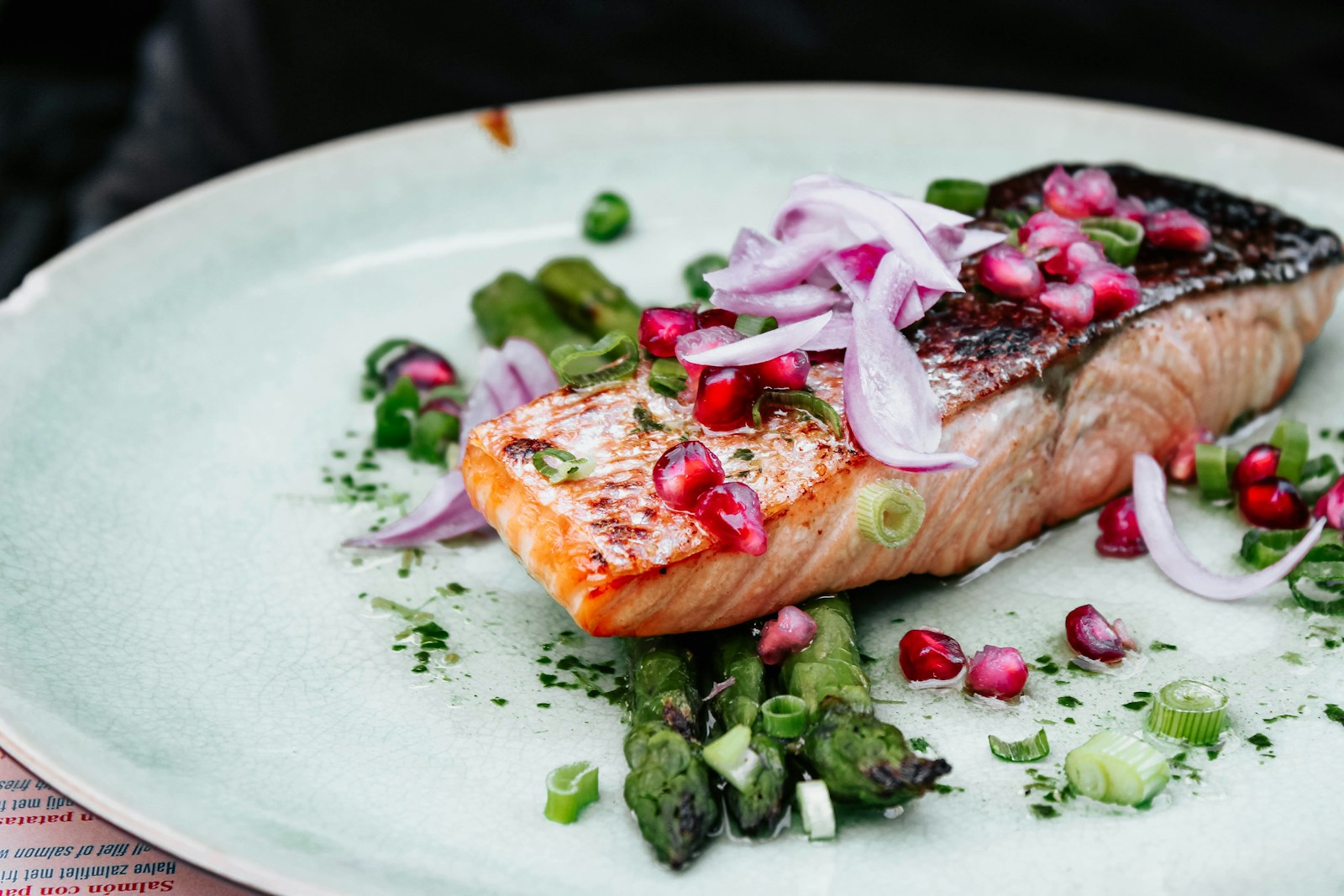
If you have some leftover pan-seared salmon, you can store it properly and enjoy it later. Here are some tips for storing leftover salmon:
Refrigerating Leftover Salmon
Refrigeration is the best way to store leftover salmon. Once the salmon has cooled down to room temperature, you can place it in an airtight container and store it in the refrigerator. Salmon can be stored in the refrigerator for up to 3 days.
Freezing Leftover Salmon
If you don’t plan on eating the leftover salmon within the next few days, you can freeze it. Freezing leftover salmon is a great way to extend its shelf life. Here’s how to freeze leftover salmon:
- Wrap the salmon tightly in plastic wrap or aluminum foil.
- Place the wrapped salmon in a freezer-safe container or freezer bag.
- Label the container or bag with the date and contents.
- Place the container or bag in the freezer.
Salmon can be stored in the freezer for up to 3 months. When you’re ready to eat the salmon, simply thaw it in the refrigerator overnight.
Reheating Leftover Salmon
When reheating leftover salmon, it’s important to do it properly to prevent it from drying out. Here are some ways to reheat leftover salmon:
- Oven: Preheat your oven to 275°F. Place the salmon in an oven-safe dish and cover it with foil. Bake for about 15 minutes or until heated through.
- Microwave: Place the salmon on a microwave-safe dish and cover it with a damp paper towel. Microwave on high for 30 seconds to 1 minute or until heated through.
- Stovetop: Heat a nonstick pan over medium heat. Place the salmon in the pan and cover it with a lid. Cook for about 3 to 4 minutes or until heated through.
Tips for Storing Leftover Salmon
Here are some additional tips for storing leftover salmon:
- Always store leftover salmon in an airtight container or wrap it tightly in plastic wrap or aluminum foil.
- Don’t store leftover salmon for more than 3 days in the refrigerator or 3 months in the freezer.
- When reheating leftover salmon, be careful not to overcook it as it can become dry and tough.
- If you’re unsure about the quality of the leftover salmon, it’s best to discard it.
Troubleshooting Common Issues
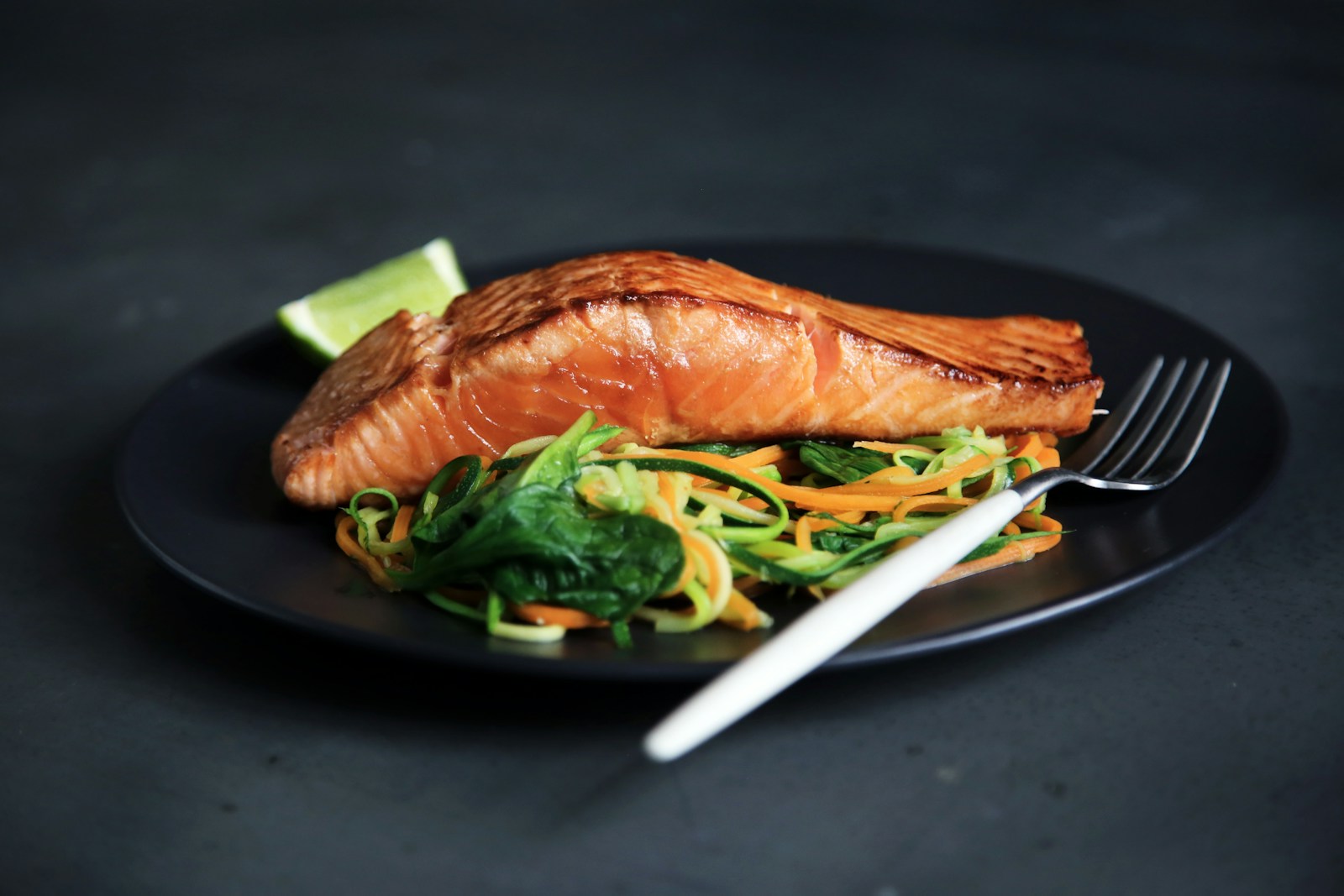
Avoiding Overcooking
Overcooking salmon can lead to a dry and tough texture, which can be unappetizing. The ideal internal temperature for salmon is 145°F (63°C). To achieve this, use a meat thermometer to check the temperature of the thickest part of the salmon. Another way to check if the salmon is cooked is to look for white protein that has begun to seep out of the salmon. If you see this, the salmon is cooked through.
Preventing Sticking
Sticking is a common issue when pan-searing salmon. To prevent sticking, make sure your pan is hot before adding the salmon. Use a heavy-bottomed pan, such as stainless steel or cast iron, to ensure even heat distribution. Adding a small amount of oil to the pan can also help prevent sticking. Once the salmon is in the pan, avoid moving it around too much as this can cause it to stick. If the skin is sticking to the pan, use a fish spatula to gently release it.
By following these tips, you can avoid common issues when pan-searing salmon and achieve a perfectly cooked and delicious dish.
Frequently Asked Questions

How long should salmon be pan-fried with skin for optimal texture?
When pan-frying salmon with skin, it is important to achieve a crispy texture on the skin while maintaining a tender and moist interior. The optimal time for pan-frying salmon with skin is about 4-5 minutes per side until the skin is golden brown and crisp, and the internal temperature reaches 145 degrees Fahrenheit. This will ensure that the salmon is cooked through and the skin is perfectly crispy.
What are the best practices for pan-searing salmon without the skin?
Pan-searing salmon without the skin requires a slightly different approach. It is recommended to use a non-stick pan and to heat it over medium-high heat. Season the salmon with salt and pepper, and cook for about 3-4 minutes per side until it is golden brown and cooked through. Be careful not to overcook the salmon, as it can become dry and tough.
Can you provide tips for using a cast iron skillet when pan-searing salmon?
Using a cast iron skillet for pan-searing salmon can be a great option due to its ability to distribute heat evenly. It is important to preheat the skillet over medium-high heat before adding the salmon. Once the skillet is hot, add a small amount of oil and the salmon. Cook for about 3-4 minutes per side until it is golden brown and cooked through. Be sure to avoid overcrowding the skillet, as this can cause the salmon to steam instead of sear.
What are some flavorful marinade recommendations for pan-fried salmon?
Marinades can add a delicious flavor to pan-fried salmon. Some popular options include soy sauce, honey, garlic, and lemon. Simply mix the marinade ingredients together, coat the salmon, and let it marinate for at least 30 minutes before cooking.
What are easy yet delicious pan-fried salmon recipes for beginners?
For beginners, a simple and delicious pan-fried salmon recipe is to season the salmon with salt and pepper, and cook it in a non-stick pan over medium-high heat for about 3-4 minutes per side until it is golden brown and cooked through. Another option is to use a pre-made seasoning blend or marinade to add extra flavor.
Is it preferable to cook salmon on the flesh side or the skin side first in a pan?
When pan-frying salmon with skin, it is recommended to cook it skin-side down first. This will allow the skin to become crispy and provide a nice texture to the salmon. Once the skin is crispy, flip the salmon over and cook the flesh side for an additional 3-4 minutes until it is golden brown and cooked through.
External Links
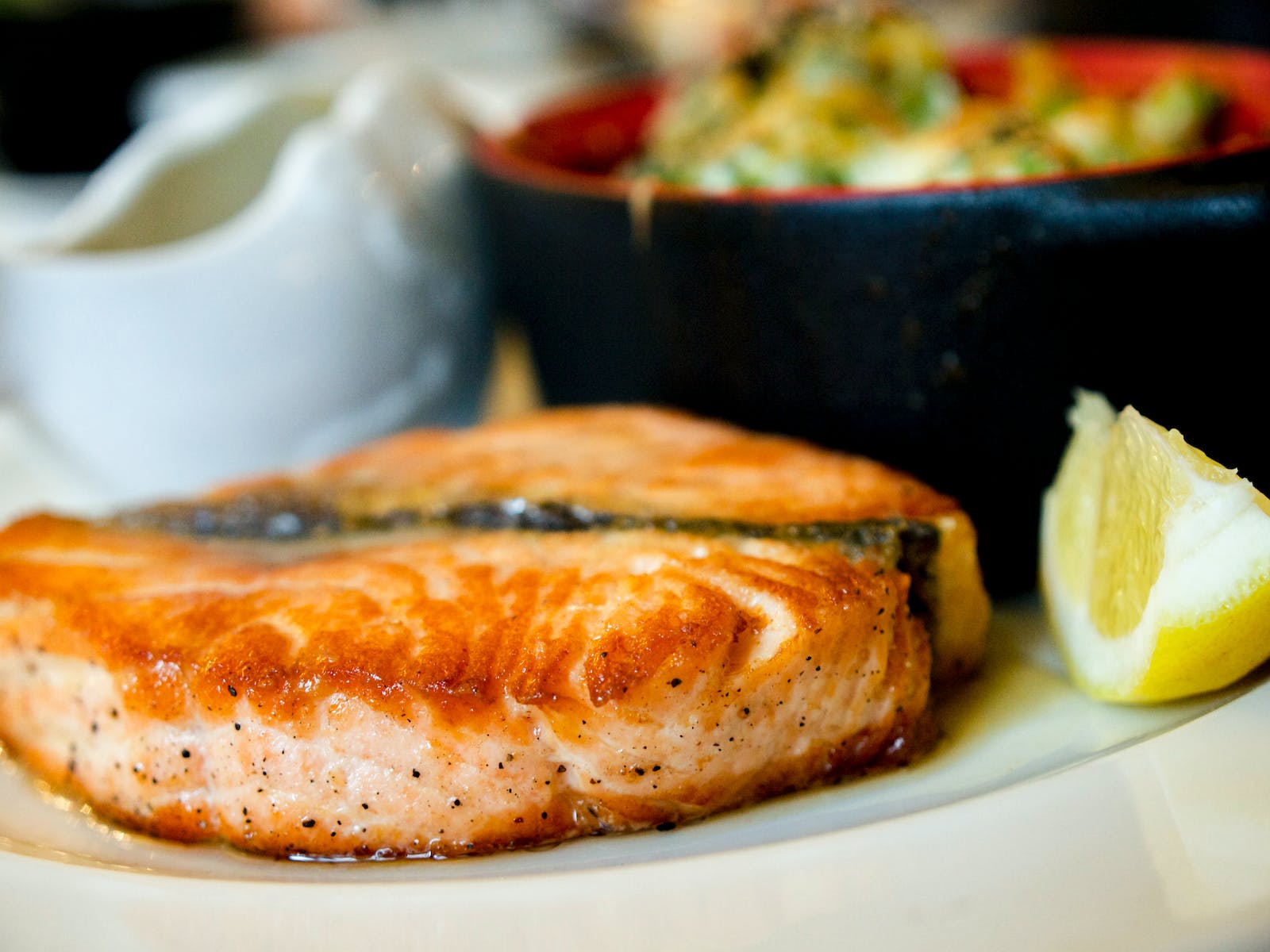
If you want to learn more about pan-seared salmon, there are plenty of external resources available online. Here are a few links that you may find helpful:
- Once Upon a Chef: This recipe website offers a detailed tutorial on how to make restaurant-style pan-seared salmon. The recipe includes step-by-step instructions and photos to help guide you through the cooking process.
- The Mediterranean Dish: This recipe blog offers a unique twist on pan-seared salmon by adding orange juice, wilted spinach, and arugula to the dish. The recipe includes a video tutorial as well as step-by-step instructions.
- WellPlated.com: This recipe website offers a simple and straightforward approach to pan-seared salmon. The recipe includes tips on how to properly season and cook the salmon, as well as suggestions for side dishes to serve with the fish.
- Cafe Delites: This recipe blog offers a flavorful twist on pan-seared salmon with a lemon garlic butter sauce. The recipe includes step-by-step instructions and photos to help guide you through the cooking process.
- Wholesome Yum: This recipe website offers a quick and easy approach to pan-seared salmon that can be made in just 15 minutes. The recipe includes tips on how to properly cook the salmon and a simple butter sauce to serve with the fish.
Whether you’re a beginner cook or an experienced chef, these external links can provide you with the inspiration and guidance you need to make a delicious and flavorful pan-seared salmon dish.
More FAQs
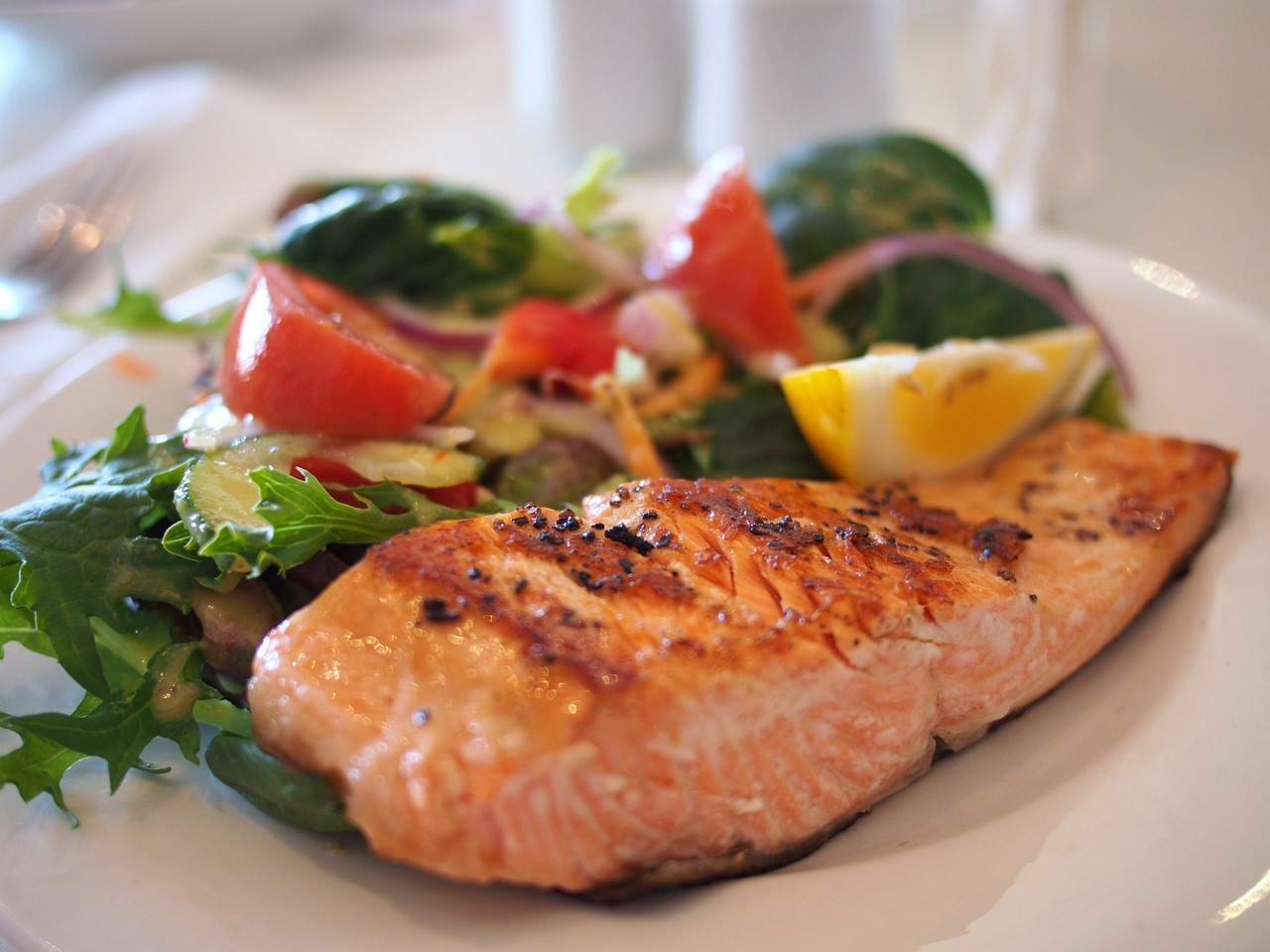
How do you know when pan seared salmon is done?
The best way to know if your pan seared salmon is done is by using a thermometer. Insert the thermometer into the thickest part of the salmon, and if it reads 145°F, your salmon is cooked to perfection. Another way to tell if your salmon is done is by checking its color. If the flesh is opaque and flakes easily with a fork, it’s ready to be served.
How do you pan sear salmon without burning it?
To prevent your salmon from burning, make sure your skillet is not too hot. Heat it over medium-high heat until it’s hot but not smoking. Also, make sure your salmon is dry before you add it to the skillet. Pat it dry with paper towels to remove any excess moisture. Finally, don’t overcrowd the skillet. Cook the salmon in batches if necessary.
What are the benefits of pan seared salmon?
Pan seared salmon is a healthy and delicious meal that’s packed with nutrients. Salmon is an excellent source of protein, omega-3 fatty acids, and vitamin D. Omega-3 fatty acids are essential for brain health, and vitamin D is important for bone health. Pan searing salmon is also a quick and easy way to prepare it, making it a great option for busy weeknights.
How do you get the best sear on salmon?
To get the best sear on your salmon, make sure the skillet is hot before you add the salmon. You can test the heat by adding a drop of water to the skillet. If it sizzles and evaporates immediately, the skillet is hot enough. Also, make sure the salmon is dry before you add it to the skillet. This will help it sear evenly. Finally, don’t move the salmon once you’ve added it to the skillet. Let it cook undisturbed until it’s ready to be flipped.
Conclusion
Congratulations! You have successfully learned how to pan sear salmon like a pro. By following the steps outlined in this article, you can now impress your family and friends with a perfectly cooked salmon fillet.
Remember to start with a good quality salmon, season it well, and cook it at the right temperature. Use a non-stick skillet and a high smoke point oil to prevent sticking and achieve a crispy skin.
Experiment with different seasonings and sauces to find your favorite flavor combinations. A simple lemon garlic butter sauce or a tangy soy ginger glaze are great options to start with.
Don’t forget to let the salmon rest for a few minutes before serving to allow the juices to redistribute and the flavors to meld together.
Enjoy your delicious and healthy pan seared salmon with a side of roasted vegetables or a fresh salad. It’s a perfect meal for any occasion, from a quick weeknight dinner to a special celebration.
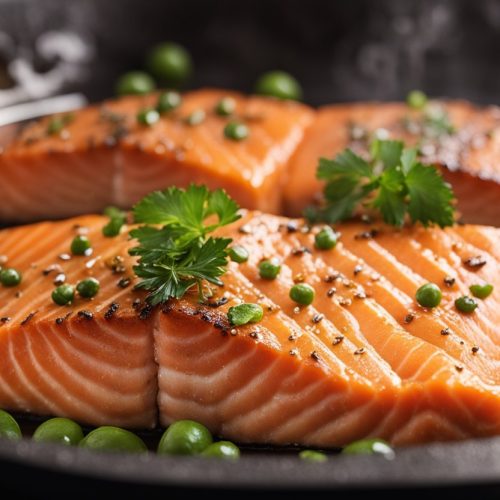
Pan-Seared Salmon
Ingredients
- 4 salmon fillets (6 ounces each), skin-on
- Salt and pepper to taste
- 2 tablespoons olive oil
- 2 cloves garlic, minced
- 1 teaspoon lemon zest
- 2 tablespoons lemon juice
- 1 tablespoon fresh dill, chopped
- Lemon wedges for serving
Instructions
- Pat the salmon fillets dry with paper towels and season both sides with salt and pepper.
- In a large skillet, heat olive oil over medium-high heat.
- Place the salmon fillets in the skillet, skin-side down, and sear for 4-5 minutes until the skin is crispy and golden.
- Carefully flip the fillets and cook for an additional 3-4 minutes until the salmon is cooked through but still moist.
- Add minced garlic to the pan during the last minute of cooking, stirring around the fillets.
- Drizzle lemon juice over the salmon and sprinkle with lemon zest and fresh dill.
- Serve the pan-seared salmon hot with lemon wedges on the side.

